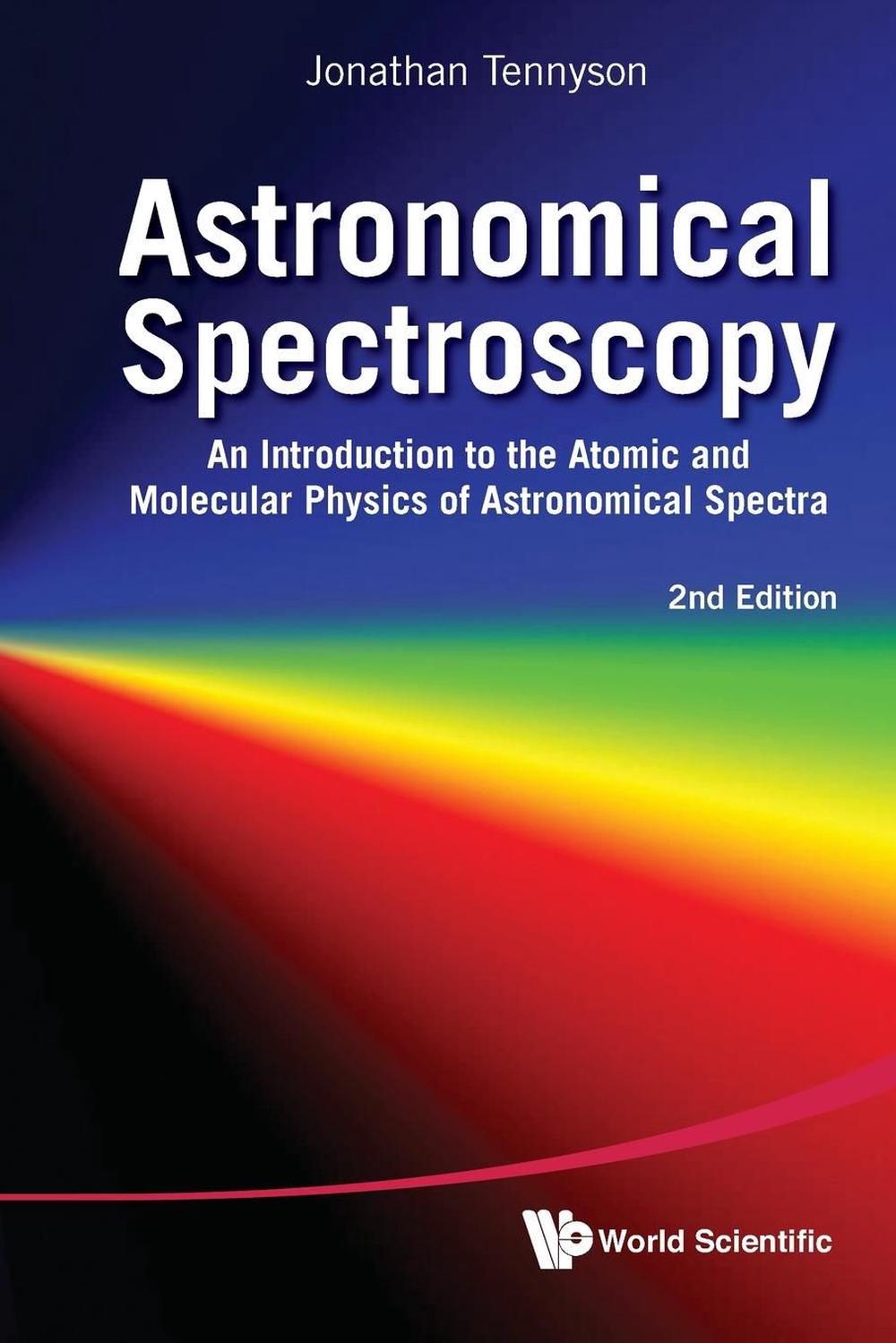
When you click on links to various merchants on this site and make a purchase, this can result in this site earning a commission. Affiliate programs and affiliations include, but are not limited to, the eBay Partner Network.
Astronomical Spectroscopy: An Introduction to the Atomic and Molecular Physics o

- Item No : 156821869515
- Condition : Brand New
- Brand : No brand Info
- Seller : the_nile
- Current Bid : US $45.97
-
* Item Description
-
The Nile on eBay

Astronomical Spectroscopy: An Introduction to the Atomic and Molecular Physics of Astronomical Spectra
by Jonathan Tennyson
Nearly all information about the Universe comes from the study of light as it reaches us. This book presents the basic atomic and molecular physics necessary to understand and interpret astronomical spectra. It explains how and what kind of information can be extracted from these spectra.
FORMAT
PaperbackLANGUAGE
EnglishCONDITION
Brand New
Publisher Description
New Edition: Astronomical Spectroscopy (3rd Edition)Nearly all information about the Universe comes from the study of light as it reaches us. However, understanding the information contained in this light requires both telescopes capable of resolving it into its component colours and a detailed knowledge of the quantum mechanical behaviour of atoms and molecules. This book, which is based on a third-year undergraduate course taught by the author at University College London, presents the basic atomic and molecular physics necessary to understand and interpret astronomical spectra. It explains how and what kind of information can be extracted from these spectra. Contemporary astronomical spectra are used extensively to study the underlying atomic physics and illustrate the results.
Table of Contents
Why Record Spectra of Astronomical Objects?; The Nature of Spectra; Atomic Hydrogen; Complex Atoms; Helium Spectra; Alkali Atoms; Nebulae Spectra; X-Ray Spectra; Magnetic Field Effects; Molecular Structure; Pure Rotational Spectra; Vibrational Spectra; Electronic Spectra of Molecules.
Review
Without a doubt Astronomical Spectroscopy is the best book to read for anyone who is embarking on research in astronomical spectroscopy, as well as being the obvious text for an introductory course. It should certainly be on the shelves of every university and observatory library. -- Contemporary Physics "Contemporary Physics"
Details
ISBN9814291978Author Jonathan TennysonPublisher World Scientific Publishing CompanyLanguage EnglishISBN-10 9814291978ISBN-13 9789814291972Media BookFormat PaperbackEdition 2ndImprint World Scientific Publishing Co Pte LtdSubtitle An Introduction to the Atomic and Molecular Physics of Astronomical SpectraPlace of Publication SingaporeCountry of Publication SingaporeDEWEY 522.67Short Title ASTRONOMICAL SPECTROSCOPY 2/EPages 223Residence GBIllustrations colour illustrations, black & white tables, figuresAffiliation Univ College London, UkYear 2011Publication Date 2011-01-25Audience General/TradeUK Release Date 2011-01-25


-
- The Lost Super Foods
- $ 37.00
- The Self-Sufficient Backyard
- $ 37.00
- A Navy Seals BUG IN GUIDE
- $ 39.00
- Childrens Books Phonics Lot 60
- $ 34.99
















